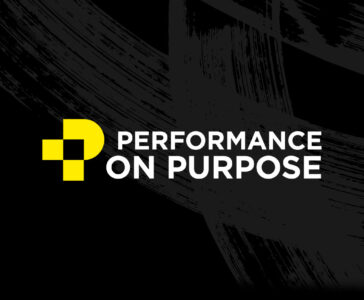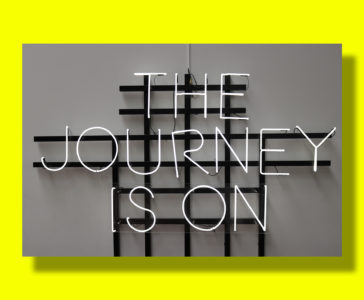Shifting needs and ideas create a landscape of opportunity for Architects, Engineers and Construction Firms in New England.
Panel discussions are a great way to hear how other firms are experiencing the world. At the SMPS-CT Annual Meeting, a group of leaders discussed trends and the market forces that are causing them. The conversation served to reinforce the fact that we live in an ever more complicated world that is in a constant state of change. This article covers some of the key trends, and what to do about them, but more importantly, it provides different ways to think to get in front of whatever changes are coming next.
The Seismic Shifts
This panel was a perfect mix of different perspectives and included:
- Jeff Gutsfeld, Senior Director of Marketing & Business Development, Collier International
- Twig Holland, Director of Purchasing, Town of Fairfield
- Robert Landino, CEO, Centerplan Companies
- Daniela Altimari, Statehouse Reporter, Hartford Courant
- Chris Waltz, Principal, Steffian Bradley Architects (Moderator)
Maturing technology, a shrinking population and changing societal priorites seemed to be the major cause behind the trends:
1) The Independent School Arms Race
Insight: Independent schools have been experiencing a huge boom over past years. Now with the population of students shrinking, these schools are now competing for fewer candidates. To compete, it has become a feature-for-feature keep-up-with-the-Jones’ battle and has spawned all manor of development projects, such as ice-skating rinks, advanced science and manufacturing labs and performing arts facilities. An interesting study shows how this competitive landscape is actually boosting school system performance across the board!
Opportunity: Get in front of Independent schools with ideas that will help them differentiate themselves in the marketplace.
2) Shrinking Public Schools
Insight: The development forecast for the public school sector is trending toward maintenance and small improvement projects, but not the major new project investments of the past decade. The shrinking school-age population has boards of education confronted with potential school closures and repurposing space. Opportunity: Bring creative ideas for how to re-purpose or re-think public school space to adapt to a changing population.
3) Smaller Scale Public/Private Funding
Insight: Private/Public funding is no longer just for high-profile projects. Over the past decade, Towns have poured huge amounts of money into education leaving little for other public projects. Towns are now looking for creative ways to fund these projects including public/private deals.
Opportunity: With the increased desire for companies to have a hyper-local presence, there are interesting possibilities for investment at a scale more businesses could afford.
4) Urban Housing Boom
Insight: There is a big shift in societal priorities when it comes to how we live. Less desire to need a car and more desire to have a vibrant community at your doorstep. This has caused an increase in demand for an urban living experience.
Opportunity: Bring forward concepts and deals to satisfy urban housing needs while simultaneously satisfying economic redevelopment interests with mixed-use facilities.
5) Solar Voltaic is lighting up
Insight: The battle of the emerging alternative energy sources is over, and Solar Voltaic (SV) has won. At least for now, it is the first alternative energy source to not need subsidies to be a viable and cost-effective investment on its own.
Opportunity: SV needs to be thought of as any other essential building system. The firm with the more elegantly integrated solution wins!
We need to do and think differently
The trends above only represent a sample of what was discussed, however they all point to three important ideas that I want us all to consider:
It’s no longer enough to wait for our clients to bring us a project to bid on, we need to bring our clients ideas and ways to realize those ideas that are going to help them address their fundamental strategic concerns
It’s no longer enough to be able to deliver our firms’ part of making a project successful, we need to go beyond and bring together all of those necessary to deliver the strategic outcomes that result from a successful project
It’s no longer enough to rely on ways of working that already exist like Design Build and IPD but rather creating new ways to work together that invite more beneficial outcomes for all involved
Please comment about what trends you see. And if the three ideas above resonate with you, how might they change, or have already changed the way you think about your firm and how you do business?
About Brent
Brent works with leaders to design futures worth fighting for. A partner at Fathom, he champions an approach to strategic planning, employee engagement, leadership succession and market differentiation that prioritizes people and relationships. As a result, his clients don’t simply plan their futures, they bring them to life through the energy of organization-wide involvement in, and commitment to, generating valuable businesses that matter.
Want more from Fathom?
Sign up to receive updates about our articles.


